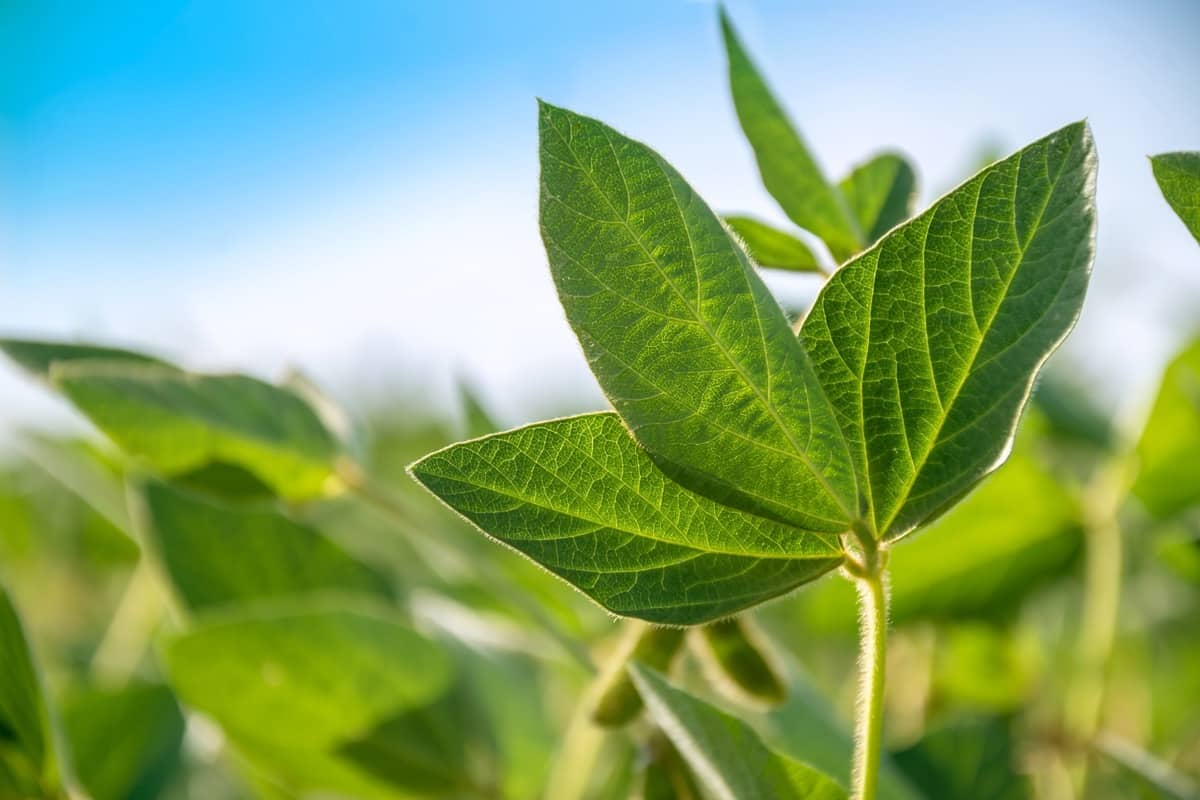It is a plant growth regulator commonly used in agriculture. It can promote root growth, increase fruit and vegetable yield, and improve flower quality. IBA can also prevent pre-harvest fruit drop and extend the shelf life of fruits and vegetables.

What is Indole-3-butyric acid?
IBA is a plant growth regulator that promotes root development. IBA is used commercially to propagate plants and can be applied as a root dip, soil drench, or foliar spray. IBA inhibits stem elongation and prevents fruit set in some species. In other words, IBA affects plant growth by regulating auxin levels.
Different Types of Indole-3-butyric acid
IBA is used in many commercial products, such as rooting hormone powders and liquids, to promote root growth in cuttings. IBA can also be found in some slow-release fertilizers. IBA works by imitating auxins, hormones that naturally occur in plants and help with cell division and elongation. When IBA is applied to plant cuttings, it encourages root development by increasing the number of cells in the root zone. This makes the roots stronger and better anchor the plant in the soil. IBA can also help prevent transplant shock by stimulating root growth before planting.
There are three different types of IBA: n-butyl, isopropyl, and phenyl propyl. Each type has different properties and uses. N-butyl IBA is the most common type found in commercial rooting products. It’s relatively inexpensive and easy to use but can be toxic to plants if used at high concentrations. Isopropyl IBA is less common than n-butyl IBA but more effective at lower concentrations. Finally, Phenylpropyl IBA is the most expensive type but is also the most effective at promoting root growth.
Advantages of Indole-3-butyric acid
IBA has been used commercially for over 50 years and is the mainstay product for rooting cuttings, transplanting, and other applications where plant growth stimulation is desired. It can be used to promote rooting in cuttings and inhibit shoot growth. IBA is also used to prevent transplant shock and treat crown and basal stem rot. IBA can be applied as a foliar spray or root drench. IBA advantages are:
- Overall, IBA is considered safe for use on food crops.
- IBA stimulates root development in most species of plants, making it an ideal choice for rooting cuttings and transplanting.
- IBA can help promote vegetative growth in some plants.
- Some research indicates that IBA may positively affect fruit and flower production in certain plants.
In case you missed it: Triiodobenzoic Acid: A Powerful Plant Growth Regulator and its Amazing Benefits

How to apply Indole-3-Butyric acid?
It can promote root growth and development in plants. IBA can be applied to the roots or leaves of plants and is typically used as a rooting hormone for cuttings. IBA can also treat seedlings that are slow to develop roots. When applying IBA, following the manufacturer’s instructions is important. In addition, IBA products come in different concentrations, so it is important to use the correct amount of IBA for the plant species you are treating. IBA can be applied using a hand-held sprayer, watering can, or drip irrigation system. IBA should not be applied to wilted or stressed plants, as this can damage the plant. If you are unsure whether a plant is healthy enough to treat with IBA, it is best to consult a professional before proceeding.
How to use Indole-3-Butyric acid
It is a plant growth hormone that promotes root growth in plants. IBA can be applied to plants’ roots as a liquid or a powder. When applying IBA to the roots of plants, it is important to follow the instructions on the label carefully. IBA can also be used to promote fruit and flower production in plants. IBA is applied to the stem of the plant, where it is taken up by the root cells and promotes cell division, resulting in more roots being formed. IBA can also prevent transplant shock in plants by increasing their tolerance to being transplanted.
Conditions to use Indole-3-Butyric acid
It can be used to promote rooting in cuttings and encourage vegetative growth. IBA can be applied as a foliar spray, drench, or soak. It is most effective when used as a rooting hormone, but it can also be used to increase vegetative growth. To use IBA as a rooting hormone, mix 0.1-2.0% IBA with water and apply it to the base of the cutting. Allow the cutting to callus for 24 hours before planting. Mix 0.5-1% IBA with water to encourage vegetative growth and apply it to the plant’s leaves. Repeat every two weeks for best results.
In case you missed it: Abscisic Acid is a Plant Hormone that Plays an Important Role in Plant Growth

Conclusion
Indole-3-butyric acid is a plant growth regulator that can be used to promote growth in plants. It is available in synthetic and natural forms and can be applied to the leaves or roots of plants. IBA effectively promotes root growth, increases leaves’ size, and improves plants’ overall health. When used as directed, IBA can be an extremely beneficial tool for gardeners and farmers alike.
